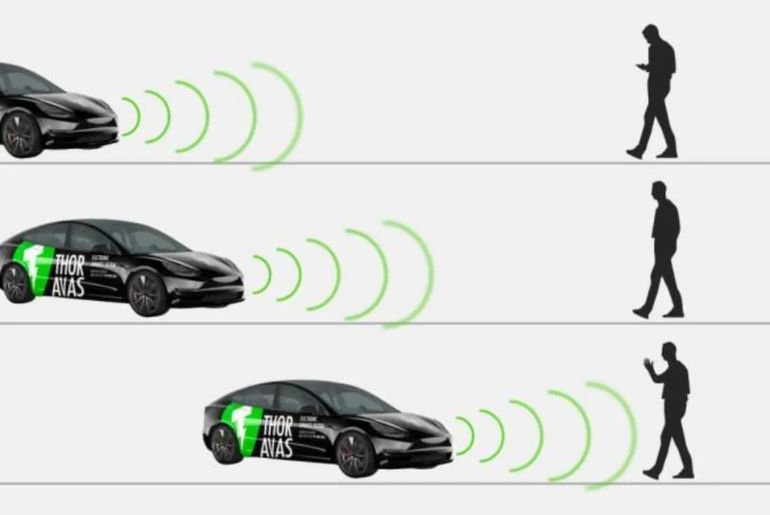The Ministry of Road Transport and Highways (MoRTH) has proposed a draft regulation requiring all new electric vehicles (EVs) in India to be equipped with Acoustic Vehicle Alerting Systems (AVAS) starting October 1, 2026. The move aims to improve pedestrian safety by addressing the quiet operation of EVs, particularly at low speeds, which can pose risks to pedestrians, cyclists, and other vulnerable road users.
Key Highlights of the AVAS Mandate
-
Implementation Timeline:
-
New EV models must feature AVAS from October 1, 2026.
-
Existing EVs must comply by October 1, 2027.
-
-
Vehicle Categories Covered:
-
Passenger vehicles (Category M) and goods vehicles (Category N), including cars, buses, and trucks.
-
-
Audibility Standards:
-
AVAS must comply with the AIS-173 standard, which specifies noise levels and sound characteristics to ensure pedestrian alerting without causing excessive noise pollution.
-
Why AVAS is Important
Electric vehicles operate almost silently, especially at speeds below 20 km/h. While this contributes to reduced noise pollution, it also increases the risk of pedestrian accidents, particularly for visually impaired individuals. Studies indicate that EVs are more likely to be involved in low-speed pedestrian collisions compared to traditional internal combustion vehicles.
Internationally, countries like the United States, Japan, and European Union members have already mandated AVAS systems for EVs to enhance safety and mitigate these risks.
Industry Response
Several Indian automakers, including Tata Motors, MG Motors, Mahindra, and Hyundai, have already introduced AVAS-equipped EVs in compliance with global standards. The MoRTH proposal aims to standardize this safety feature across all manufacturers, ensuring uniform pedestrian safety measures nationwide.
Additionally, the draft notification proposes removing the requirement for spare tyres in vehicles equipped with tubeless tyres, affecting cars, three-wheelers, and quadricycles.
Strategic Significance
The AVAS mandate reflects the Indian government’s commitment to road safety while encouraging the adoption of electric mobility. By enforcing audible warning systems, India aims to protect pedestrians, cyclists, and other vulnerable road users, ensuring that the transition to EVs does not compromise safety.

